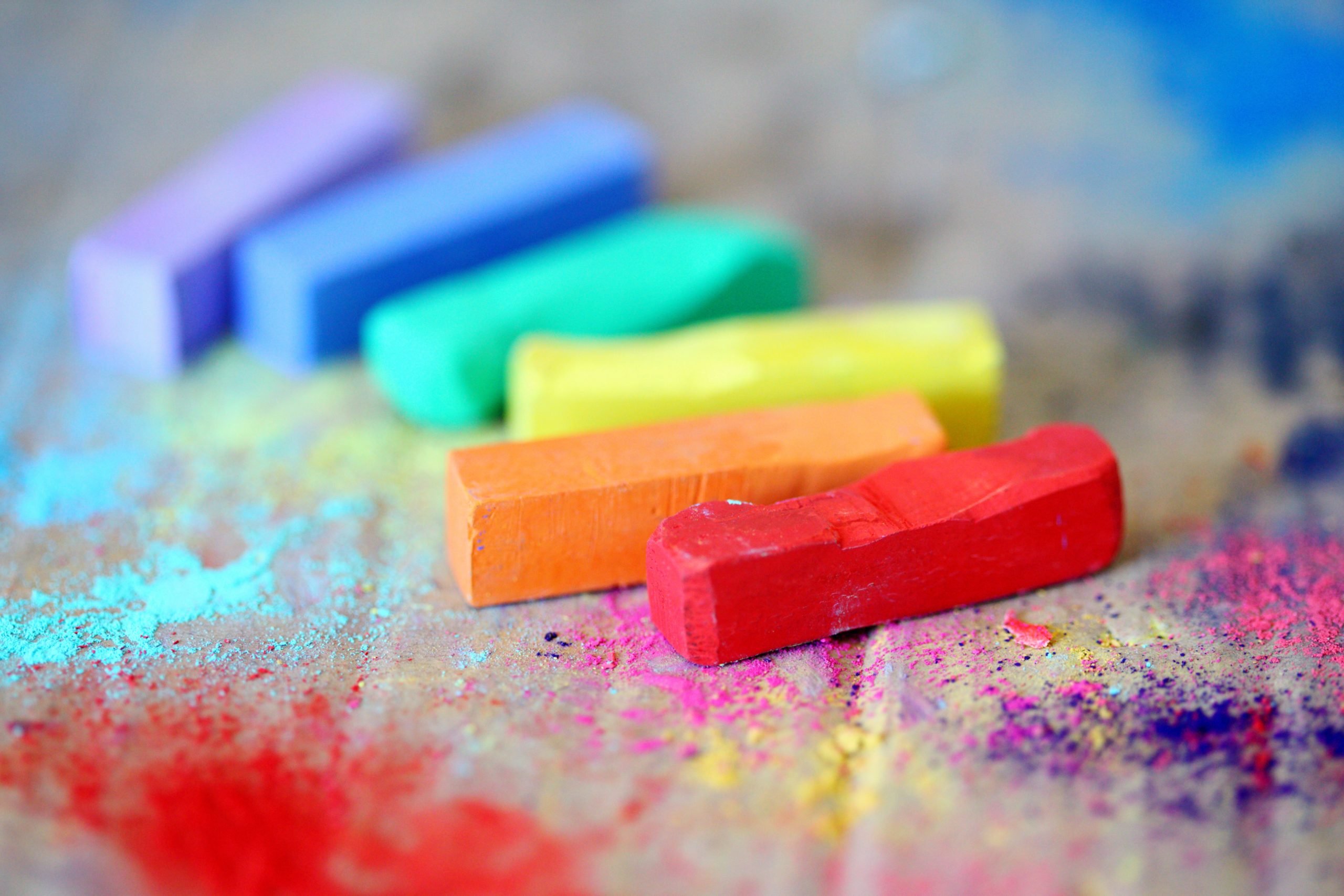Did you know that spaghetti originally came from China? Can you say “hello” in more than 3 languages? Have you ever been to a party for a holiday you don’t normally celebrate?
There are lots of different ways to experience the diversity of our world that’s more than fun facts to win trivia contests. Appreciating differences is a key leadership skill because it fosters empathy and openness, traits that can lead to better decision-making. For kids, appreciating differences builds on their natural curiosity about the world around them and the people in it. Here are 3 ways to start developing this skill with your child today:
Look to famous leaders
Kids love learning about the life stories of others through biographies of famous and everyday leaders. There are lots of great lessons to be learned by studying how great leaders overcame obstacles, but you can take it a step further by encouraging your child to take their curiosity even deeper. Are there differences in religion? If so, what holidays and celebrations might this leader celebrate? Do they live in a different environment than me? How might that shape how they think about urban or rural places? Talk with your child about the possibilities and research the answers to learn more.
Watch TV
Yeah, we’re just as surprised as you to actually recommend watching TV with your child, but storytelling can be a rich source of material for appreciating differences! Diverse shows offer a glimpse into the lives of other people, and they also often feature a new world so kids can see different geographic locations, hear different languages, and imagine what life is like for others in a different family configuration. Try to find shows that feature families and friend groups that are different than what your child knows and encourage them to identify ways that their experience differs from the characters in the show.
Talk to real people
Even among groups of people who seem to be really similar–like a family–there are differences worth appreciating. How does your family differ from other families? How many different kinds of people are there in your neighborhood? Appreciating differences happens at a lot of different levels, so if your child needs a starting point closer to home, try finding people in your life who can talk to your child about different cultures and worlds that they’ve been a part of. Do you know anyone who has lived in a different country? Do you know a friend or family member who can take your child to a new religious service? You can also check out your local library or university to find programs specifically geared toward helping kids learn about new cultures.
Talking with your child about diversity in your everyday conversations can help your child understand that differences are a normal part of life. Use your child’s natural curiosity to build their skills so that they will have the practice to consider multiple perspectives and points of view when making decisions.



